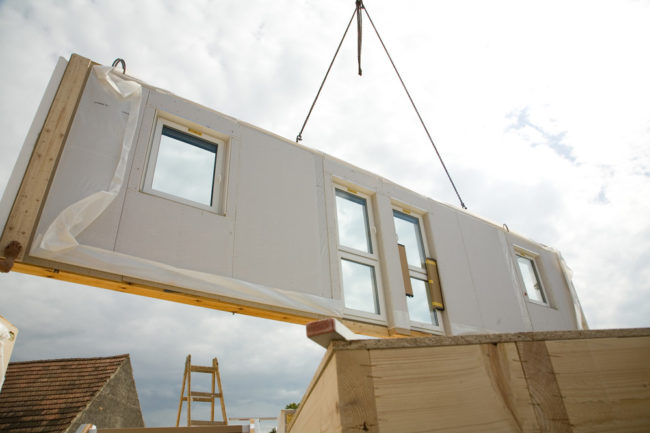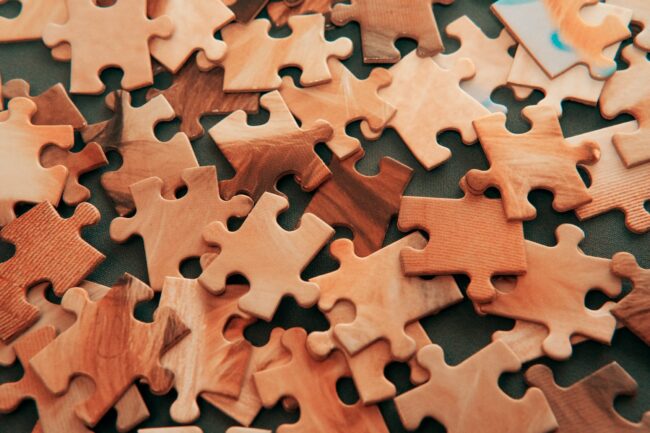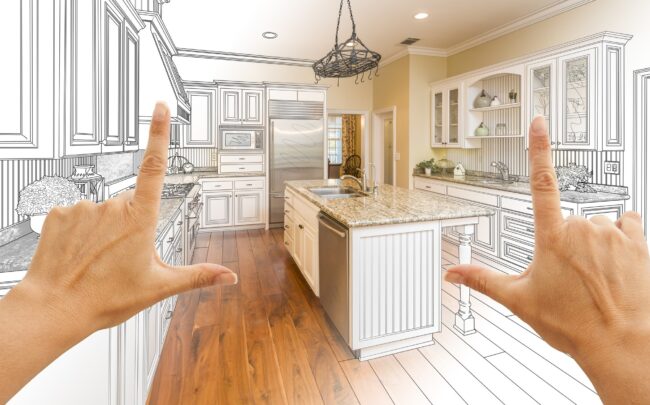The market for prefabricated (or prefab) homes has grown a lot over the last few years. In fact, it’s grown by 8.5 percent and is on track to become an $11 billion industry by the end of 2019.
Have you been considering buying a prefab house? Do you want to learn more about them before you take the plunge?
If you answered “yes” to any of these questions, read on. Explained below is all the information you need to know about the pros and cons of prefab homes.
What are Prefab Homes?
Let’s start with the basics. The prefab home market may be growing, but a lot of people still aren’t 100 percent sure what these homes are.
In simplest terms, a prefab home is a house that was built in sections inside of a special home-building facility. The sections then get moved to a home site, where they’re assembled and prepared for the homeowner to move in.
Prefab homes are built in a unique way but, like traditional homes, they must meet basic requirements put in place by the Department of Housing and Urban Development. These requirements cover things like strength, durability, energy efficiency, and fire resistance.
Pros of Prefab Homes
There are plenty of reasons why you might want to consider buying and living in a prefab home. The following are five of the greatest benefits they have to offer:
1. More Affordable
Many people are turning to the prefab home trend these days because it provides them with an opportunity to save money while still becoming homeowners.
In general, prefab homes are much more affordable than traditional houses. They use fewer materials, and the process of determining how much is needed is much more precise, so you don’t have to worry about paying for materials that don’t end up getting used.
There are fewer labor costs, too, since prefab houses don’t need as many people on-site to put them together.
2. Increased Energy Efficiency
In many ways, prefab homes are better for the environment than traditional homes, too. These homes are airtight and designed to minimize energy loss as much as possible.
These days, lots of manufacturers are taking extra steps to make their homes more energy-efficient. For example, they’re adding solar panels and rainwater catchment systems.
3. Fast Construction
If you’ve ever built a house before (or know someone who has), you know that it’s almost impossible to get the thing built on schedule.
Even if no major emergencies happen, things like the weather or slowed down deliveries can drag out your building time and make it harder for you to move in when you want to.
With prefab houses, the construction process is much faster and much more precise. As a result, you get in sooner.
4. Minimal Waste
With traditional houses, it’s normal to have a lot of materials left over that often end up in a landfill somewhere.
With prefab houses, there’s virtually no waste. Because they’re built in factories, any leftover material gets recycled and used to create another house. This is another example of the way that prefab homes can benefit the environment.
5. Healthier
Finally, prefab homes have the potential to be healthier than traditional homes.
Think about it. When you’re building a house on a building site, it’s going to be exposed to the elements, including a lot of moisture.
This, in turn, can contribute to mold growth. Mold exposure can cause serious health issues in some people and can even be life-threatening in some instances.
Prefab homes don’t totally eliminate the risk of mold exposure, but they do reduce it in a significant way.
Cons of Prefab Homes
In addition to these great benefits, prefab homes do come with some drawbacks. Here are five cons to keep in mind as well:
1. Potential Assembly Problems
It’s important to have a trained and experienced contractor on your team when assembling your prefab home.
Without their knowledge, it’s possible that your home could be assembled incorrectly. This, in turn, could lead to potential damage, shorten its lifespan, or minimize its energy efficiency.
As long as you’re working with the right contractor, though, the risk of this happening is quite small.
2. Potential Transportation Problems
You may also run into problems having the pieces of your house transported to the building site. It can get expensive as well if you are building in a rural area.
3. High Land Prices
Depending on where you plan to build your home, you could be strapped with high land prices.
Depending on the price of your home, this might not be a big deal, and you might be willing to make the trade-off. Be sure to consider all the variables that will affect the final cost of your house, though.
4. High Utility Hookup Costs
Speaking of variables, you also ought to consider the cost of utility hookups. If you’re building in a rural area, for example, you may have to pay more money than you’d like to get your utilities set up before you move in.
5. Less Customization
In some cases, you don’t have as many customization options when designing a prefab home. You usually have a set number of options to choose from, and it can be hard to find exactly what you want without having to pay extra money for something special.
There’s still a lot of variety among these houses, though, and the other benefits prefab homes bring to the table, such as longer lifespans and better energy efficiency, are worth the sacrifice to most people.
You Know the Pros and Cons of Prefab Homes: Now What?
Clearly, there are both pros and cons of prefab homes. Now that you know more about these pros and cons, you can make an informed decision for yourself.
Remember, there’s no one correct answer here. Think about your lifestyle, your budget, and your preferences to decide whether or not a prefab home is a good fit for you and your family.














